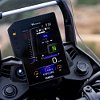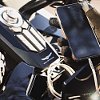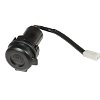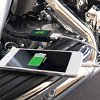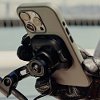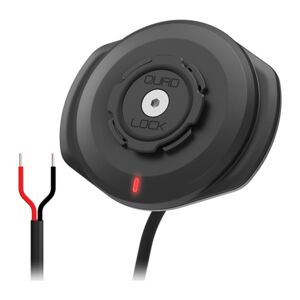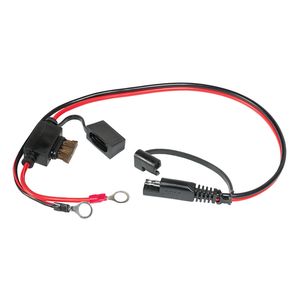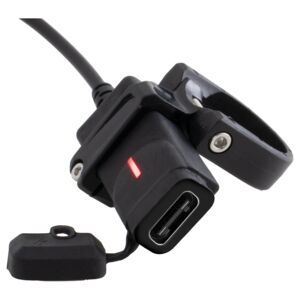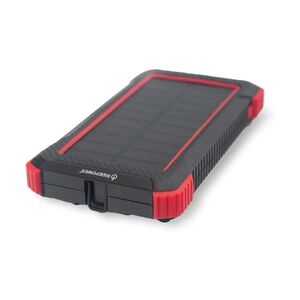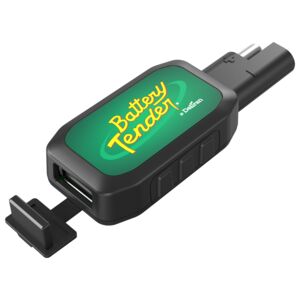These days, your cell phone isn’t just a phone (in fact, people hardly use it as such any longer). It’s a music player and a GPS navigation device. It takes photographs and videos. It’s a calculator and a supercomputer, all in the palm of your hand. Running so many applications comes at a great cost, though. Before long, it drains your battery.
That wouldn’t be such a paralyzing prospect if motorcyclists didn’t also rely on their smartphones as a lifeline (for crash detection and contacting emergency services). To many riders, a fully charged phone isn’t just a convenience, it's a necessity. For those people, keeping their mobile phone charged on the bike is just as important as the phone itself.
So what are your options for keeping your phone charged?

Run what you brung
First things first: Check your bike. Many modern motorcycles come with a power outlet from the factory. Be it a USB-A port, a USB-C socket, or a lighter-style 12-volt outlet, chances are your brand-new bike provides some juice on the go. If that describes your situation, simply source the appropriate charging cable and a compatible phone mount. Presto change-o! You’re in business.

If your bike doesn’t offer such luxuries, you’re not out of luck. Not by a long shot. Several OEM and aftermarket options exist. However, many of them require hardwiring an external accessory into your motorcycle’s system.
Tapped in
Manufacturers are privy to the rider’s needs. That doesn’t mean they proactively meet them. Should a modern motorcycle not come stock with a USB socket, it’s probably prepped to accept one. It’s no coincidence that most models come with an auxiliary power outlet, which enables plug-in-play installation with the brand’s add-on accessories, including a USB charger adapter. Before exploring alternatives, it’s worth checking your bike’s parts catalog first. Oftentimes, it offers the easiest option.

That route isn’t available to all riders, though. What is available to practically all riders is a 12 V battery. Many aftermarket charging accessories draw electricity by connecting to the positive and negative terminals of that 12 V battery. One of the simplest, yet most versatile, options is a standard SAE battery lead. Not only does it allow owners to charge the motorcycle's battery during the off-season, but it also functions as a device charger when paired with a USB adapter (like those sold by Battery Tender, TecMate, and BikeMaster).

While a battery lead ranks high on versatility, some riders prefer a dedicated charging option instead. Such accessories require users to route cables from the bike’s battery to its cockpit, but that extra legwork yields more accessibility over the long run. There’s no shortage of choices, either. Koso’s USB-C charger is the most spartan of the bunch, whereas Quad Lock’s Wireless Charging Head operates as a phone mount and USB charger.
Whether it's OEM or aftermarket, there are options galore. At the same time, charging your devices doesn’t have to involve the motorcycle at all.

(Power) Bank on it
Some motorcyclists are against charging their mobile phones while riding. Some worry about the motorcycle's regulator/rectifier failing (it's been known to happen) and sending a surge through their phone, while others can’t trust their $1,000+ handheld computer to a phone mount (guilty party, here) that could drop it or allow it to vibrate to death. There are even more who can’t be bothered to equip their bike with “useless” farkles. If you count yourself in this group, fret not. That’s where external power banks come in.
Often slim enough to fit in your pants pocket, travel-friendly battery packs can charge multiple devices at once. Power banks are widely available at electronics stores and big box retailers. Still, if long-haul travel is your objective, RidePower’s lineup of waterproof and shockproof battery packs is worth a look.
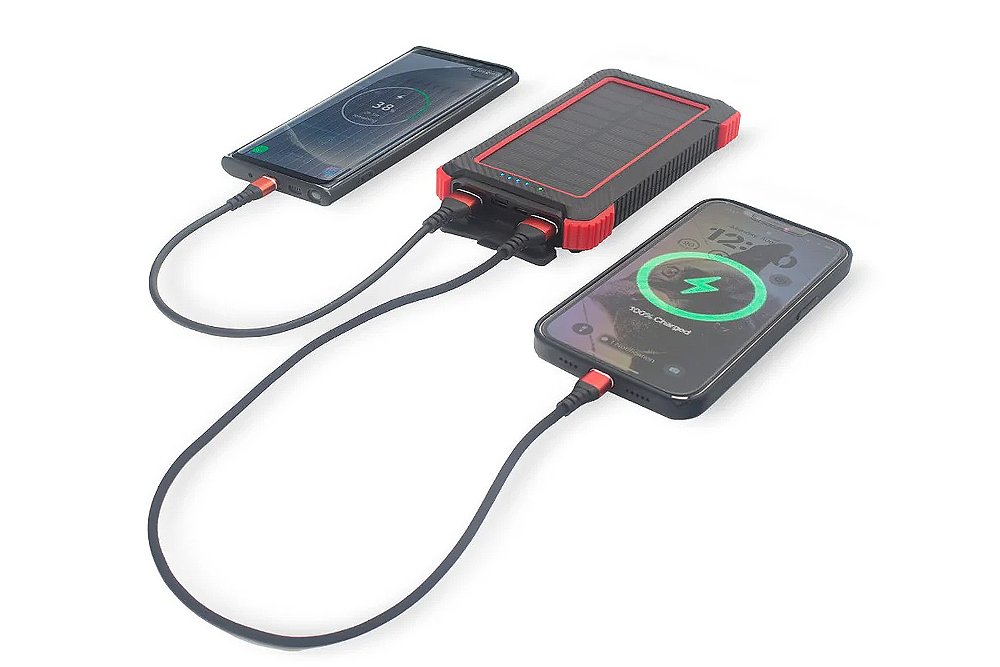
In the end, power banks work best for riders who don’t mount their phones. They’re best for those who don’t simultaneously use their device as a music player, GPS navigator, and ride-tracker. If that sounds like you, odds are you’ll want something more permanent. That’s what it all boils down to. There are various ways to charge your phone on a motorcycle. The question is: which one works best for you?





